Through public and private diplomacy, the US can help deescalate Sunni-Shia tensions.
Like many presidents nearing the midpoint of their second term before him, Barack Obama is now thinking of his legacy. In the first months of 2014, the US president seemed to have some momentum in several ambitious diplomatic efforts, with the Middle East a primary focus.
Unfortunately, for the White House, that hoped-for legacy is increasingly coming apart at the seams. Obama’s loftier diplomatic initiatives have either run aground or completely unraveled, while the unexpected and stunning success of a jihadist group, the Islamic State of Iraq and the Levant (ISIS), in Iraq has caused the regional security situation to deteriorate sharply.
While the US could still reach a final deal with Iran over its nuclear program and perhaps reverse some of ISIS’ gains, a more fundamental issue, if left unaddressed, would keep the region at a boil: the Sunni-Shia divide. If the Obama administration hopes to avoid passing a Middle East on fire to its successor, it must find creative ways to apply US influence and public diplomacy to downshift the split, and help to free the region from its explosive influence.
Worryingly, many conflicts and militant groups in insecure regions throughout the Middle East are taking on a sectarian tone, raising the potential for an intractable and bloody cycle of deadly reprisals, fractured states and suffering societies. The Sunni-Shia divide is, at the best of times, a constant distraction from efforts to build a more stable region and, at worst, is a massive cause of death and destruction. Although it is not always the biggest driver of violence in a conflict-prone region, this split is the most consistent and inescapable. Currently, the Syrian Civil War, a dangerously destabilized Iraq, and heightened Saudi Arabian anxieties over a perceived US withdrawal from the region have the sectarian fire burning in the Middle East at its most deadliest.
In the latest and worst example of the consequences of unchecked sectarianism, ISIS, the prototypical Salafist-takfiri militant group, has launched a devastatingly effective campaign to seize territory and create an Islamic caliphate in northern Iraq and eastern Syria. As ISIS has advanced, it has framed its conquest in exclusively sectarian terms, publicizing brutal massacres of Shia Iraqis and calling for the wholesale slaughter of their religious brethren.
In remarks made shortly after the collapse of security forces in the north, Iraq’s top Shia cleric, Grand Ayatollah Ali al-Sistani, fanned the flames of sectarian conflict even higher, when he called on the faithful to defend Shia shrines and assist security forces. While he later partially retracted his statement and advocated for cross-sectarian cooperation against ISIS, his initial call to arms has, in the eyes of many Sunnis, given even more of a Shia character to the government in Baghdad, while at the same time giving many of the Shia “death squads” that slaughtered Sunnis under US occupation an excuse to rearm.
US actions vis-à-vis the Israel-Palestine conflict, the wars in Iraq and Afghanistan, and Washington’s confused response to the Arab Spring have all left an impression among many locals of America as an implacable enemy of Islam.
Given current trends, it is sadly easy to envision lines between Sunnis and Shias in Iraq and elsewhere becoming ever more sharply drawn, with conflict continuing to rage. Left unchecked, the prevailing state of affairs could do irreparable damage to any future US efforts to leave behind a more stable region, regardless of any short-term gains made by ongoing diplomacy in other areas.
Saudi Arabia and Iran as Epicenters of Sectarianism
Today, Saudi Arabia and Iran are the epicenters of the most destabilizing Sunni and Shia sectarian narratives, respectively. As part of its broader asymmetric regional dominance strategy, Tehran provides funding, weapons and political support to Shia militant groups region-wide, including perhaps the deadliest: Hezbollah. A number of Shia political and militia groups in Iraq, including Asa’ib Ahl al-Haq, the Mukhtar Army and the Promised Day Brigades (formerly the Mahdi Army), are also heavily influenced by and loyal to the Islamic Republic. However, Iran’s public foreign policy is not explicitly sectarian.
By far, the greater responsibility for the current sectarian instability wracking the region can be linked to activities in Saudi Arabia. The kingdom is based on a fundamentally intolerant and militancy-prone version of Islam, Wahhabism, and strives to promote it throughout the region via a network of hard-line clerics and religious institutes. The rise of the modern Salafist movement in Sunni Islam can be clearly traced to the generous support of the House of Saud, which in turn gave rise to a number of extremist takfiri subgroups.
In addition, Saudi citizens (as well as other Gulf nationals) routinely donate money or otherwise support militant groups all over the Muslim world; an activity the central government has pledged to fight but still takes place on a large-scale. While it has recently become alarmingly self-financed, ISIS doubtlessly received much of its initial operating funds from sympathetic Saudi businessmen and clerics. The Saudi regime has also frequently made it state policy to oppose the emergence and ascent of Shia leaders and movements throughout the region. Examples of this behavior include Riyadh working to undermine Iraqi Prime Minister Nouri al-Maliki and the self-determination of Bahrain’s Shia majority.
It is true that the Saudi royal family has launched high-profile public initiatives, which seem to promote tolerance and dialogue. The most well-known of these is the King Abdullah bin Abdulaziz International Center for Interreligious Dialogue. The center, headquartered in Vienna and also supported by Austria and Spain, was established in 2013 with a mission to promote interreligious exchange and greater understanding. However, this and other such efforts have done little to address the festering Sunni-Shia split. The center’s activities focus primarily on top-level dialogue between religious leaders from different religions, not ones from across internal sectarian divides.
Harsh Realities
President Obama’s goals for America’s future relationship with the Middle East are laudable, but there is a huge disconnect between them and the reality of Sunni-Shia tensions and the many conflicts on the ground. If the Obama administration desires a genuinely more stable and predictable US engagement with the region, it must dare to be creative in addressing the fundamental issues underlying the current sectarian struggles, and take steps to nudge the Sunni-Shia split in a less destructive direction. However, there are formidable obstacles to that path.
Currently, the Syrian Civil War, a dangerously destabilized Iraq, and heightened Saudi Arabian anxieties over a perceived US withdrawal from the region have the sectarian fire burning in the Middle East at its most deadliest.
Any initiatives must deal with the heavy pall cast by America’s dismal record of engagement with the region over the past decades. US actions vis-à-vis the Israel–Palestine conflict, the wars in Iraq and Afghanistan, and Washington’s confused response to the Arab Spring have all left an impression among many locals of America as an implacable enemy of Islam. Enduring suspicions among Middle Eastern peoples of America as a neocolonial and toxic influence will militate against any overtly US-led initiative taking root. To stand a chance of succeeding, any future American actions must be directed through other countries and institutional channels to minimize the chances of arousing public backlash.
To make matters more complicated, national security thinkers inside and outside government must ask themselves a hard question: Does Washington have the capacity to effectively bring its influence to bear on such a deep and divisive issue? Previous attempts by the US to impose large-scale change in the region have consistently ground to an unsatisfactory halt, and often left all parties less trusting of each other than before — why should this instance be any different? The answer is two-fold.
First, the key lies in acknowledging what US action does not have the capacity to do, which is to somehow end or fundamentally change the nature of the Sunni-Shia divide. However, this limit to Washington’s influence does not mean no action can be taken at all. Too often, expectations for US foreign policy are set far too high by pundits and decision makers, and chances to implement gradual, limited and meaningful change are overlooked. Indeed, any steps taken to foster sectarian calm in the Middle East will have to be small, targeted and out of the spotlight to avoid renewed perceptions of unwanted American meddling.
Second, some initiatives will, out of necessity, have a much longer time horizon than others — such revolutionary change does not and cannot come quickly. Moreover, the current security situation in Iraq and Syria may force a US military intervention that could further aggravate sectarian tensions in the short-run. The policy ideas put forward in the second half part of this article are fundamentally longer-term and predicated on some level of regional stability.
Before any steps are taken, US leaders must take advantage of the next moment of relative stability to plan out the best way forward. However, even in the midst of the current spiral into a Sunni-Shia bloodbath, ideas for change can and should be put forward.
*[Read the final part here.]
The views expressed in this article are the author’s own and do not necessarily reflect Fair Observer’s editorial policy.
Support Fair Observer
We rely on your support for our independence, diversity and quality.
For more than 10 years, Fair Observer has been free, fair and independent. No billionaire owns us, no advertisers control us. We are a reader-supported nonprofit. Unlike many other publications, we keep our content free for readers regardless of where they live or whether they can afford to pay. We have no paywalls and no ads.
In the post-truth era of fake news, echo chambers and filter bubbles, we publish a plurality of perspectives from around the world. Anyone can publish with us, but everyone goes through a rigorous editorial process. So, you get fact-checked, well-reasoned content instead of noise.
We publish 2,500+ voices from 90+ countries. We also conduct education and training programs
on subjects ranging from digital media and journalism to writing and critical thinking. This
doesn’t come cheap. Servers, editors, trainers and web developers cost
money.
Please consider supporting us on a regular basis as a recurring donor or a
sustaining member.
Will you support FO’s journalism?
We rely on your support for our independence, diversity and quality.




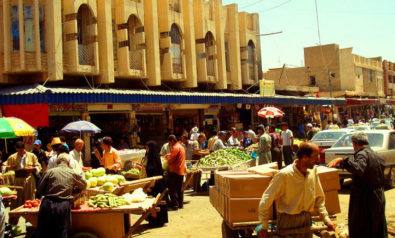
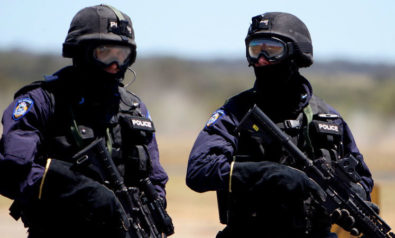

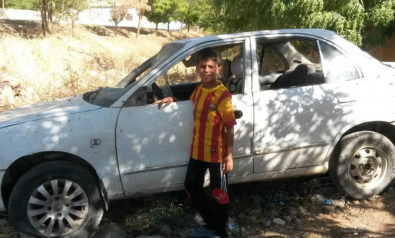
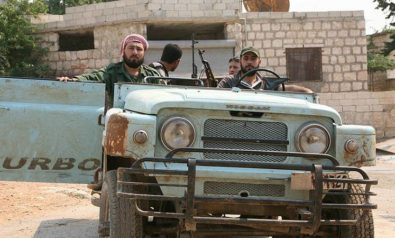
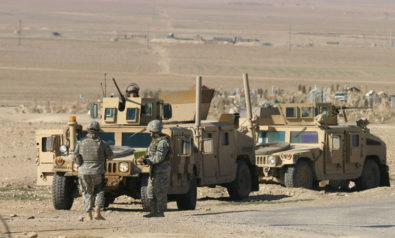
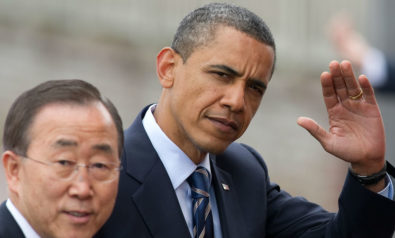

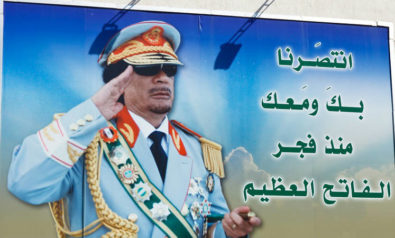


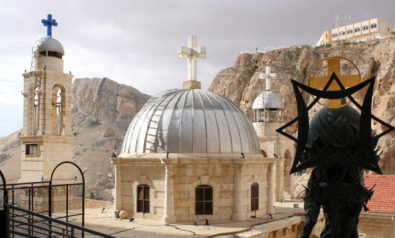


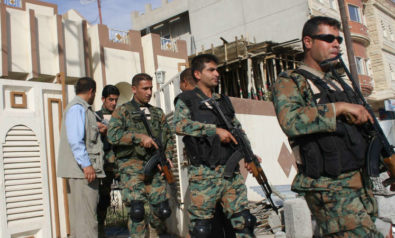
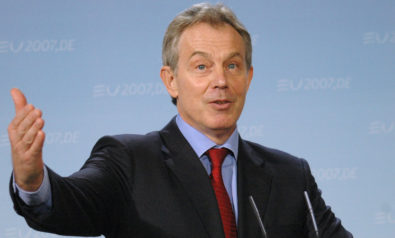
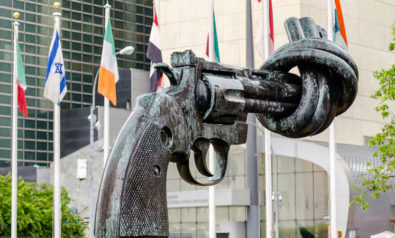

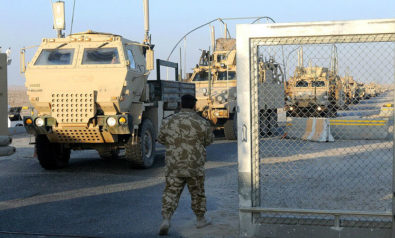




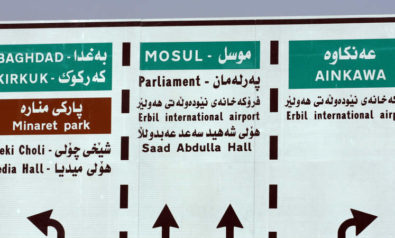
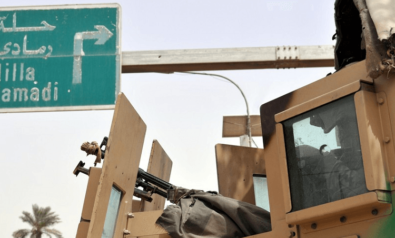


Comment